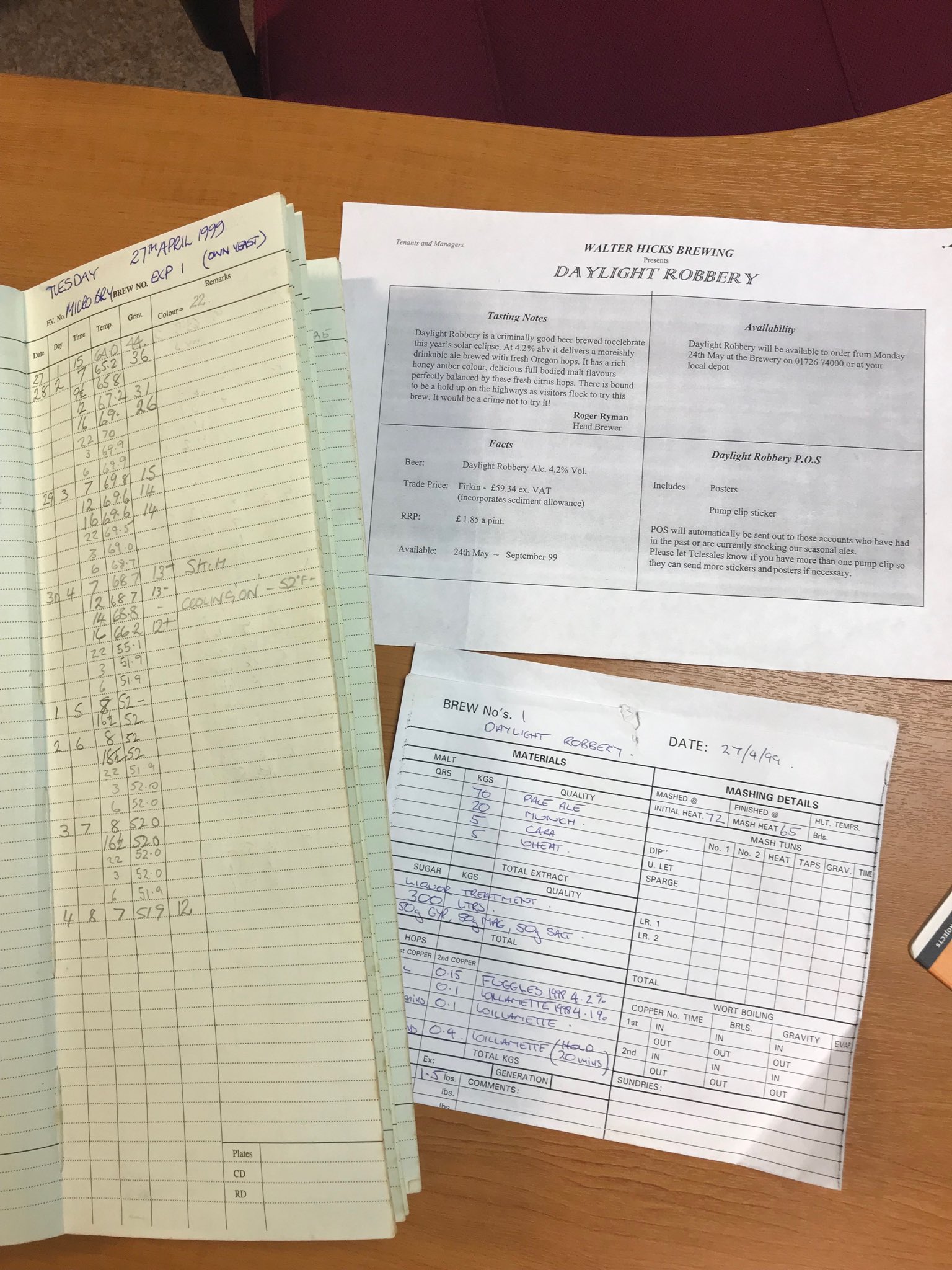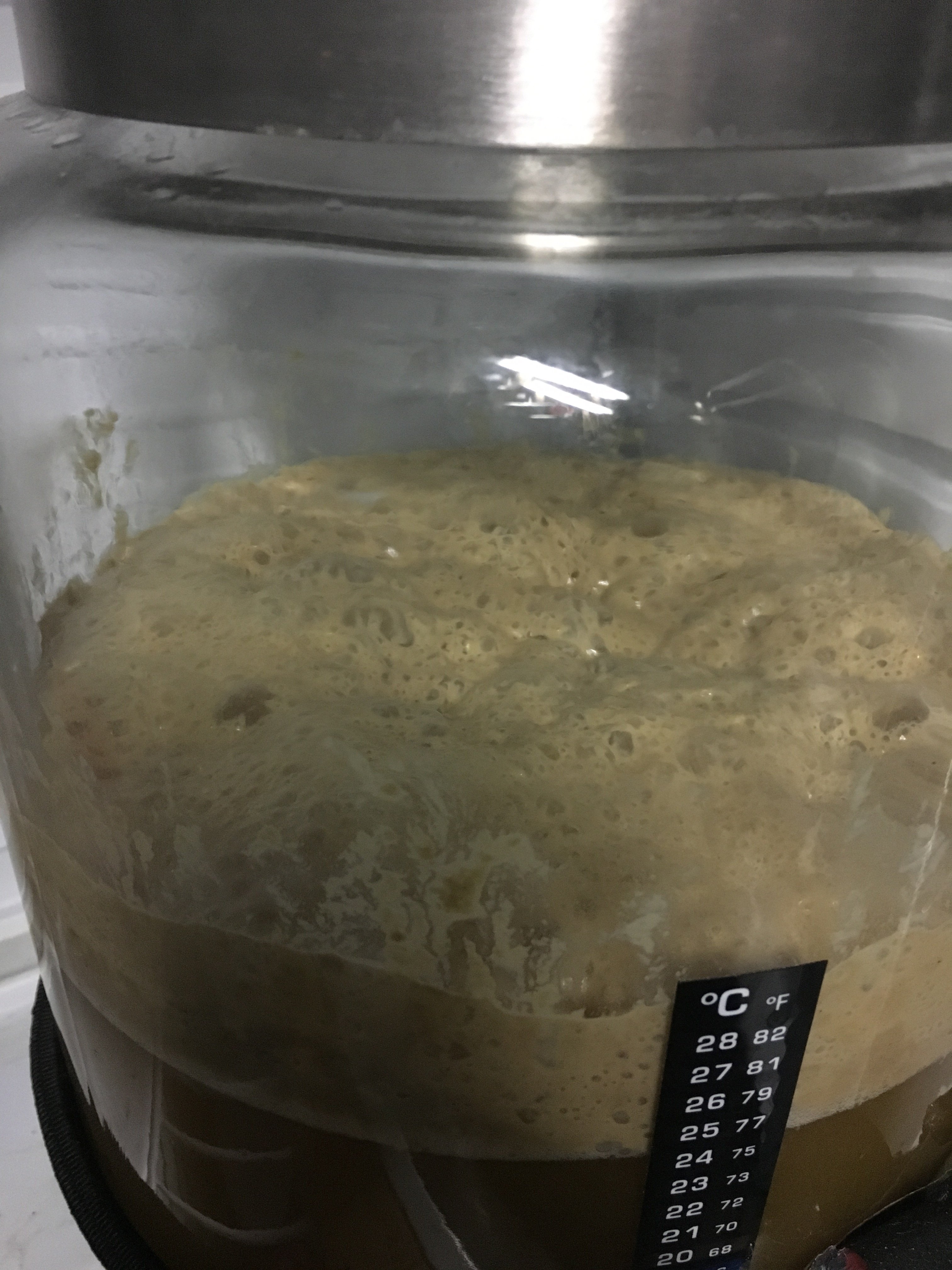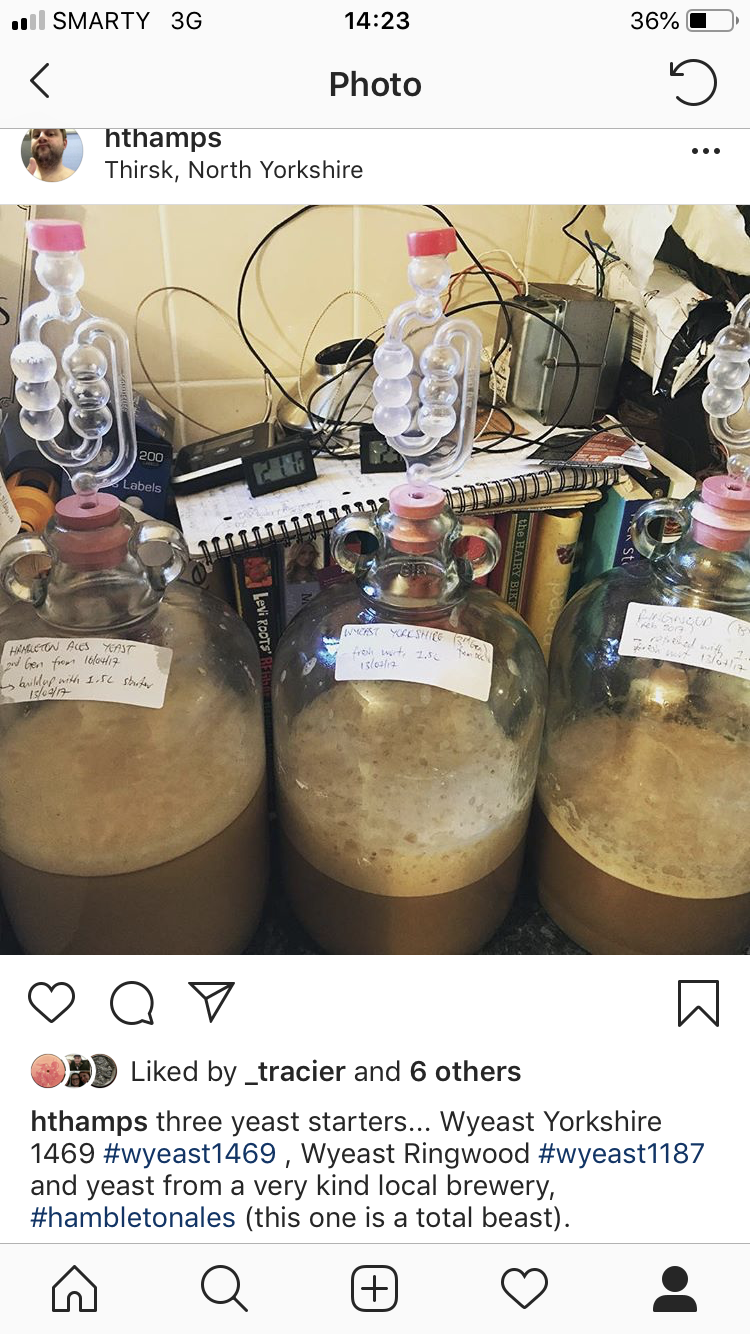Title: English-ish Mild
Brew Method: BIAB
Style Name: Mild
Boil Time: 45 min
Batch Size: 4 gallons (fermentor volume)
Boil Size: 5 gallons
Boil Gravity: 1.028
Efficiency: 75% (brew house)
Original Gravity: 1.037
Final Gravity: 1.009
ABV (standard): 3.59%
IBU (tinseth): 19.13
SRM (morey): 12.76
Mash pH: 5.48
FERMENTABLES:
4 lb - American - Pale Ale (76.2%)
0.5 lb - American - Munich - Dark 20L (9.5%)
4 oz - American - CaraCrystal Wheat Malt 55L (4.8%)
4 oz - United Kingdom - Pale Chocolate (4.8%)
2 oz - Brown Sugar (2.4%)
2 oz - Cane Sugar - (late addition) (2.4%)
HOPS:
0.5 oz - Cluster, Type: Pellet, AA: 6.5, Use: Boil for 30 min, IBU: 14.42
0.5 oz - Fuggles, Type: Pellet, AA: 4.5, Use: Boil for 10 min, IBU: 4.71
MASH GUIDELINES:
1) Infusion, Temp: 150 F, Time: 60 min, Amount: 4 gal
2) Sparge, Temp: 125 F, Time: 10 min, Amount: 1.8 gal
OTHER INGREDIENTS:
450 ml - Lactic acid (1%), Time: 60 min, Type: Water Agt, Use: Mash
YEAST:
Fermentis / Safale - Safbrew - General/Belgian Yeast S-33
Generated by Brewer's Friend -
https://www.brewersfriend.com/



























![Craft A Brew - Safale S-04 Dry Yeast - Fermentis - English Ale Dry Yeast - For English and American Ales and Hard Apple Ciders - Ingredients for Home Brewing - Beer Making Supplies - [1 Pack]](https://m.media-amazon.com/images/I/41fVGNh6JfL._SL500_.jpg)




































